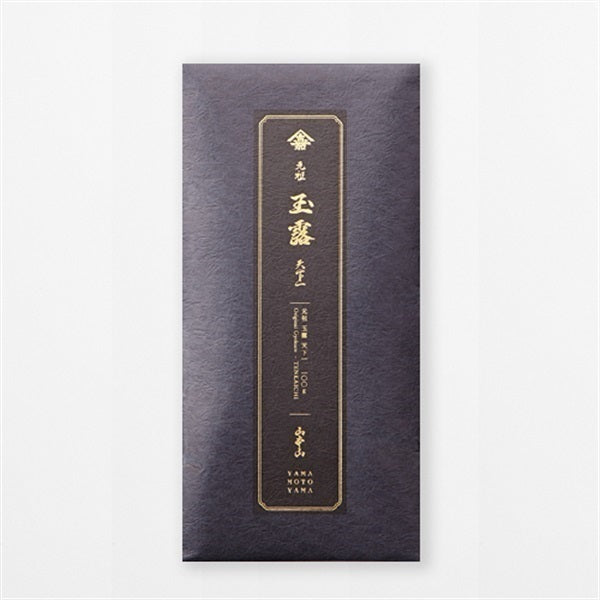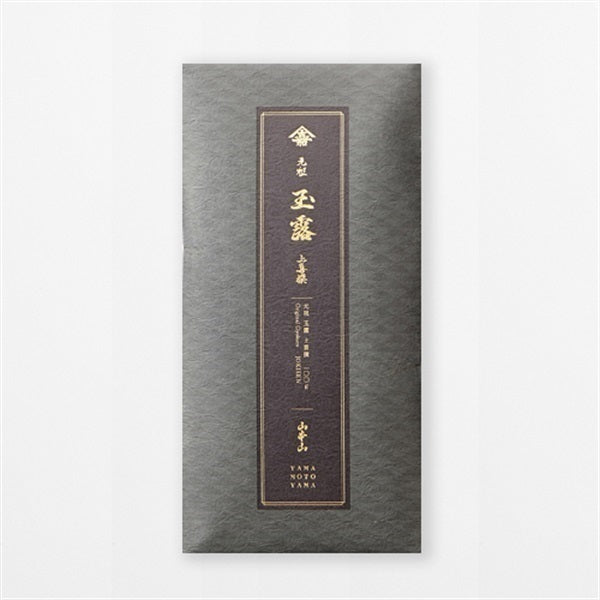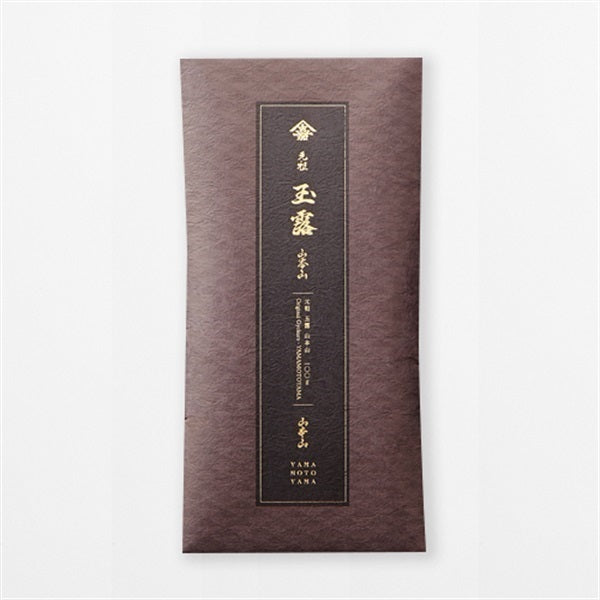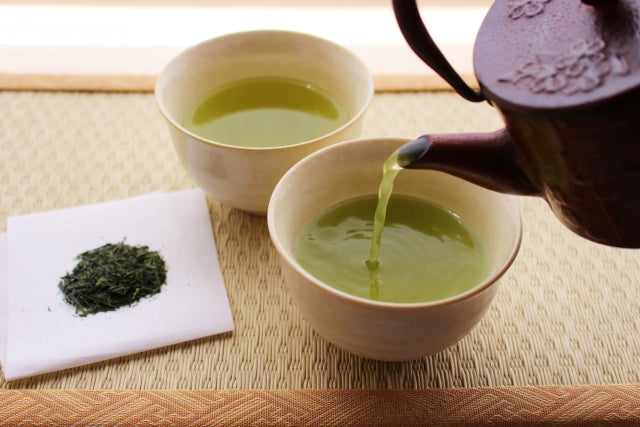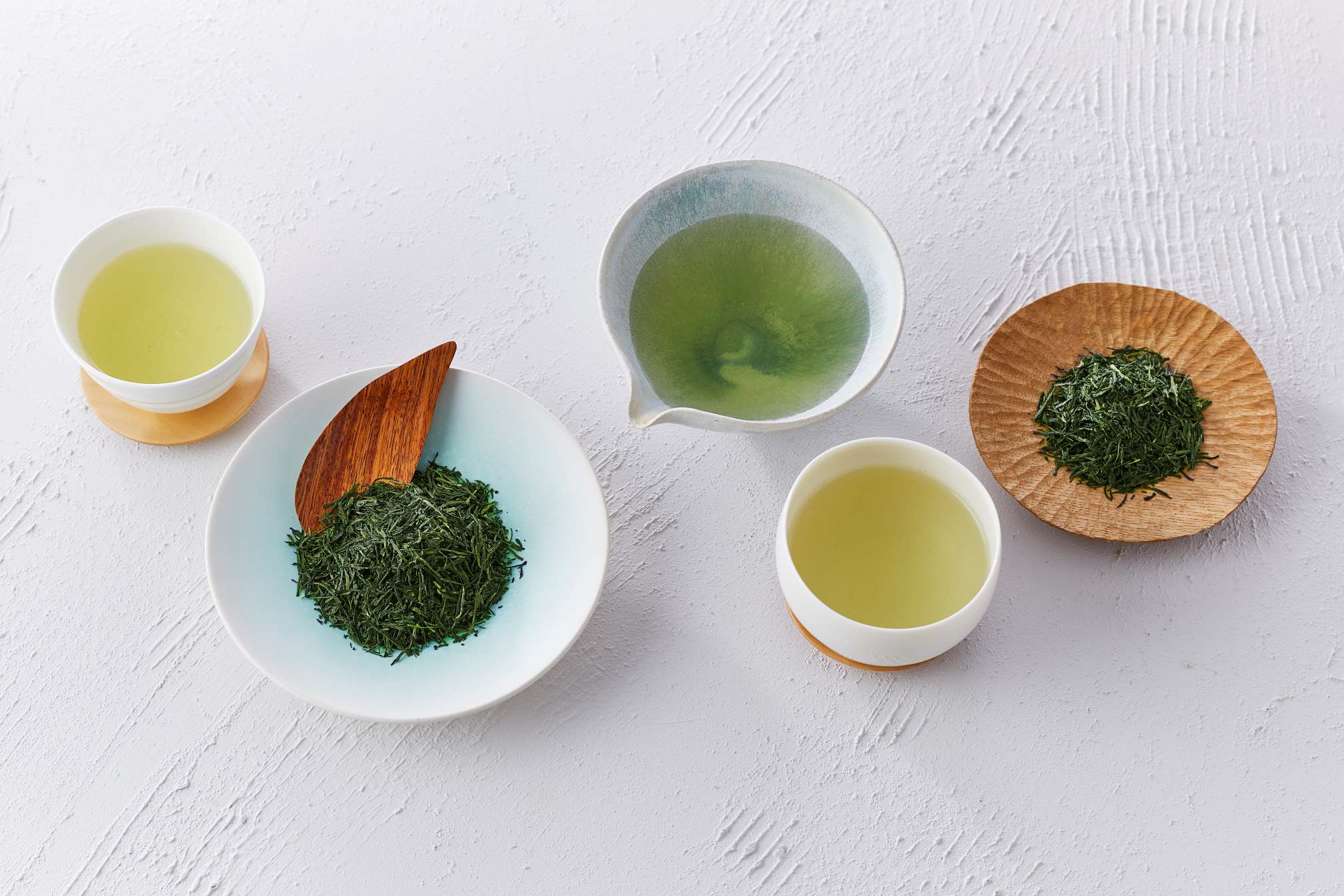
Why do different types of tea taste different?
Introduction
There are many elements that make up the taste of tea, but it can be said that the four main elements that bring out the unique characteristics of tea are bitterness, astringency, umami, and sweetness.
Generally, bitterness and astringency are perceived as unpleasant tastes.
This is due to an instinctive avoidance behavior that humans have developed from experience that bitter things often contain poison.
However, the bitterness of tea is not simply bitter; it is unique in that it brings a refreshing feeling and a sweet aftertaste.

The four flavors of tea
This characteristic bitterness is produced by ingredients such as catechins and caffeine.
Catechins give tea an astringent and bitter taste, while caffeine gives it a refreshing, light bitterness.
On the other hand, the umami and sweetness of tea come from amino acids and sugars.
In particular, amino acids such as glutamic acid and theanine give tea its deep, rich flavor and shape its distinctive taste.
In other words, the taste of tea is created by maintaining an exquisite balance between the four elements of bitterness, astringency, umami, and sweetness in a complex intertwining manner.
The bitter and astringent taste that forms the base is combined with the umami, sweetness and mellowness that comes from amino acids and sugars to create a wide variety of flavors, completing the deliciousness of tea.

Differences in taste depending on the type of tea
Although it is generally called tea, there are many different types depending on the cultivation method and manufacturing process.
Each tea contains different ingredients in different proportions, giving each tea a unique flavor.
Sencha is Japan's signature green tea.
It is made by steaming and drying the new leaves. High-quality sencha has a good balance of umami, bitterness, and astringency, and has a clean aftertaste.
In particular, sencha made from the first leaves picked in spring, known as ichibancha, is rich in amino acids and has a strong, refined flavor.
On the other hand, Sencha made from tea leaves harvested after the second harvest has fewer amino acids and more catechins, so it tends to have a bitter and astringent taste.

Gyokuro, on the other hand, is an even more luxurious tea than sencha.
The tea leaves used are those that have been covered with new shoots to block out sunlight and are therefore rich in amino acids, which are the tasty components of tea.
As a result, it has a stronger umami and sweetness than sencha, and is characterized by a mellow, thick flavor.
Because it contains relatively few catechins, it has little bitterness or astringency, and you can enjoy its rich flavor.

Compared to Sencha and Gyokuro, Bancha is made from hardened stems and tea leaves. It has a lighter taste because it contains less amino acids, catechins, and caffeine.
Hojicha, which is made by roasting bancha tea at high temperatures, has even fewer flavorful components, but in return it has a fragrant taste and aroma from the roasting process. 
Why is high-quality tea less bitter?
As mentioned above, high-quality teas, especially sencha and gyokuro, are made from new buds, and are therefore characterized by having less bitter and astringent components in the tea leaves.
However, of course, this does not mean that there is no content of these ingredients; they do contain small amounts.
However, the reason why the tea does not taste very bitter is closely related to how it is brewed.
Generally speaking, high-quality tea is brewed slowly over a long period of time using low-temperature water.
Low temperature water makes it difficult for bitter and astringent components to dissolve, resulting in a mellow flavor. 
summary
What did you think? Different types of tea contain different amounts of different ingredients, which can make a big difference in their flavor.
Sencha, the most common type, has a good balance of umami, bitterness, and astringency, while Gyokuro is characterized by its rich umami, sweetness, and smooth texture. Bancha and Hojicha have a light taste and a fragrant aroma.
When choosing tea, why not try different types to see which ones suit your tastes?



